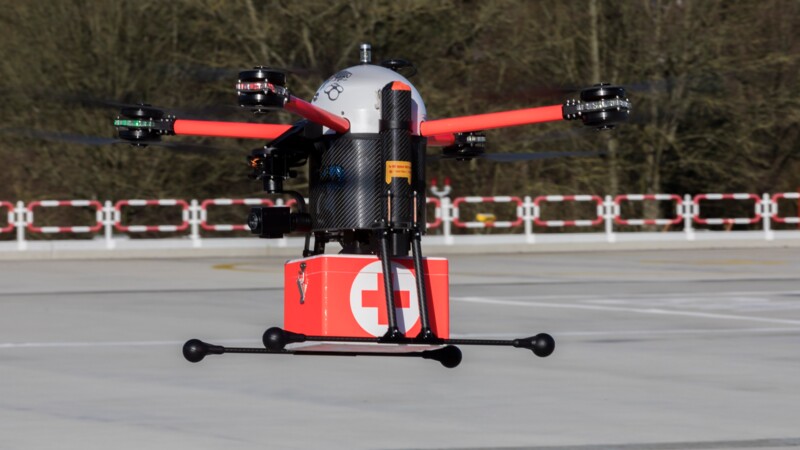Matthias Kratzsch, Managing Director Technology of IAV (Automotive Engineering) said: "We can now start testing the revamped and improved shuttle in HafenCity again. Over the past months, we have analysed the data from the first test phase, improved key aspects of the hardware and software and prepared the shuttle for the next test. We are confident that the shuttle will cope with much longer distances compared to last year and have no problems merging with the flow of traffic with other road users. We expect to achieve clear progress in the technological development of autonomous driving."
The Hamburg Electric Autonomous Transportation (HEAT) research and development project has entered the second phase with tests of the five-metre-long, zero-emission e-bus at speeds of up to 25 km/h. Passengers will be allowed on board from late summer unlike the first phase when only a vehicle attendant was on board. The shuttle bus will be showcased at the ITS World Congress in Hamburg next year.
Progress in autonomous driving
Cameras and sensors
Tests during the second phase focus on the interaction between vehicle and infrastructure. The shuttle runs along the 800-metre test track based on information from cameras, sensors and lidars i.e. laser-based distance measurements. The City of Hamburg has provided a map of the route showing the stops to be served. The trips are monitored by the HOCHBAHN control centre.
Communicating route infrastructure
The infrastructure, which was developed by SIEMENS and set up by the Hamburg Verkehrsanlagen (HHVA), provides more data about occurrences on the road. The infrastructure warns the shuttle about vehicles, cyclists or passers-by who are outside its sensors and cameras' field of vision. This is particularly important when objects in an intersection cannot be seen or are obscured by a larger vehicle. This information allows the shuttle to go through traffic lights without the vehicle attendant having to take action.
Preparing for passengers - legal framework
The shuttle bus has also been equipped with a passenger information system. Two monitors in the vehicle display the stops and show the targeted and actual arrival times as well as information about the route. Hopes of a permit for automated driving without a vehicle attendant before the ITS World Congress gets underway from October 11-21, 2021 in Hamburg are high. However, the legal framework does not yet meet the "SAE Level 4 Autonomous Driving" requirements for driving without a vehicle attendant and remains one of the most pressing challenges.
sm/pb
Sources and further information
More
Similar articles

HEAT ends first test phase successfully

ITS World Congress launches Young Mobility Community
